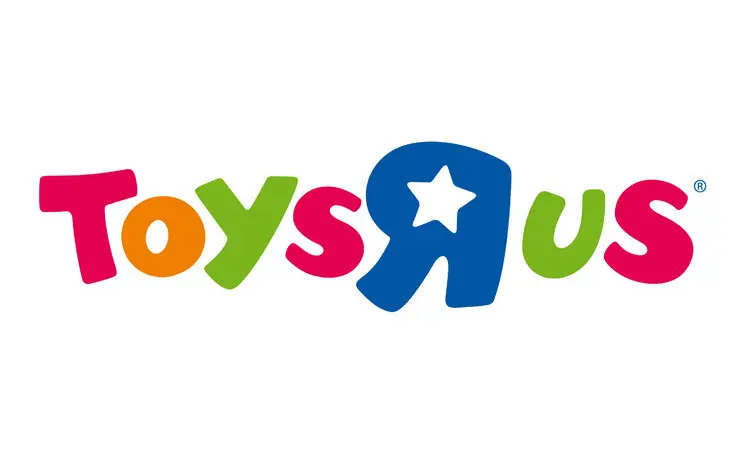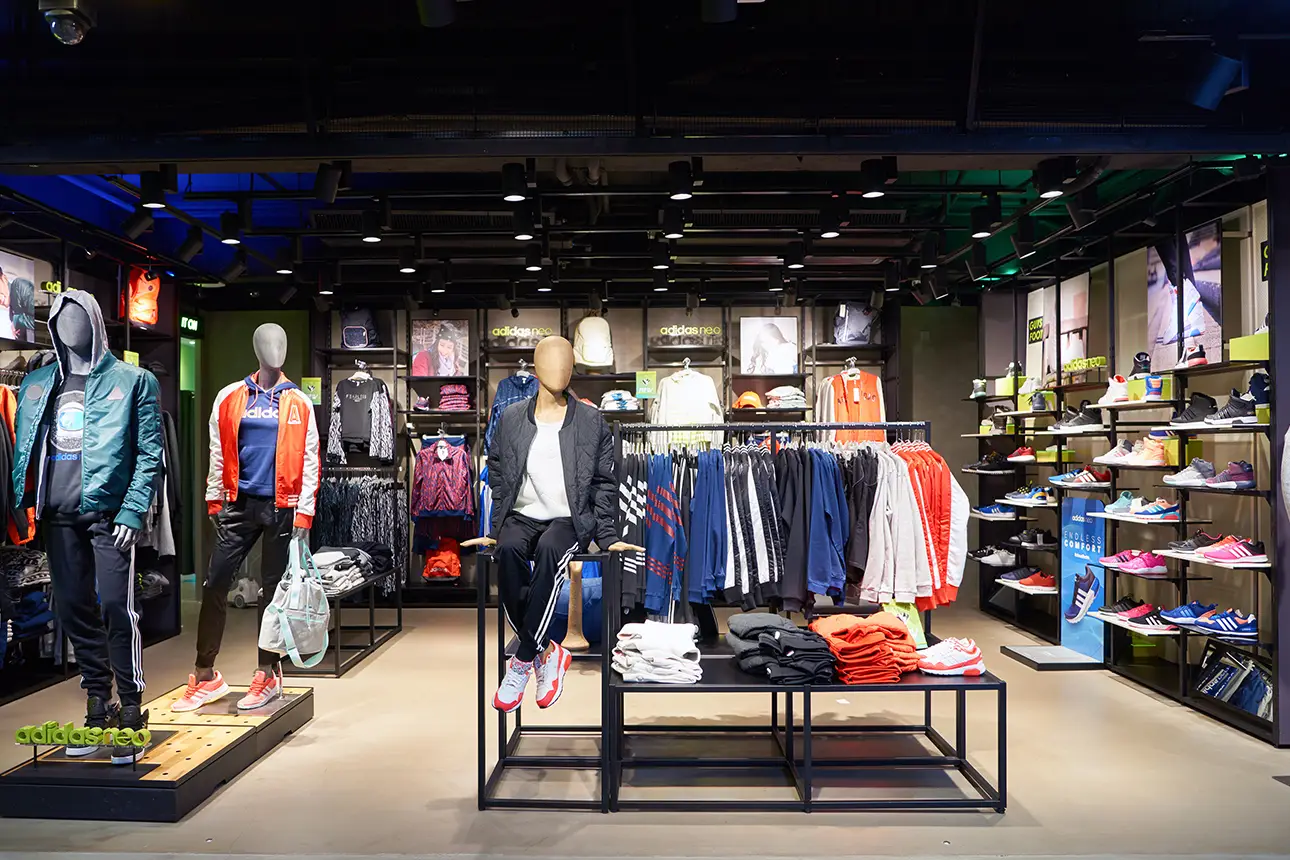SaaS solutions to deliver the absolute unified commerce experience
Orisha Commerce designs B2C, D2C and B2B SaaS unified commerce solutions used at over 55,000 retail touchpoints in more than 55 countries.
Why choose Orisha Commerce?
A comprehensive suite of SaaS B2C, D2C and B2B unified commerce solutions
Our business commerce
Orisha Commerce offers seamless, unified shopping experiences for the fashion, luxury, beauty, sports, home, furniture, DIY, non-food and other specialty retail business in over 55 countries.
Orisha Commerce in figures
55
installed countries
+55 000
retail touchpoints
500
employees
10
offices
They trust us
Thanks to Openbravo Commerce Cloud, we were able to lighten our infrastructure in stores by eliminating the need for servers on-site. We are now able to roll out changes in a way that saves much time and cost. Furthermore, with the support and service provided by Openbravo, we moved to the cloud solution which will fit our cloud strategy and will generate more benefits on costs and deployment from a long-term perspective.

We chose Openbravo Commerce Cloud because of its modular, cloud-based technology and its broad unified commerce coverage. We are betting on a fast-growing company that offers us a true strategic partnership. With a strong focus on the future, we believe that the Openbravo solution will give us agility to innovate for our customers and achieve our business objectives.

Our search used to be very static and we had little or no influence on it. We now use reporting almost on a weekly basis to check frequently used search terms and check “0 results”. Thanks to this reporting, we know which synonyms we need to add, for example, or even which products we are still missing from our range.


Join Orisha Commerce
Welcome to Orisha Commerce!
Join the European leader in B2B, B2C and D2C SaaS solutions for unified commerce. Joining our team means joining a team of passionate people who, every day, help retailers and brands achieve their digital and technological transformation.

























